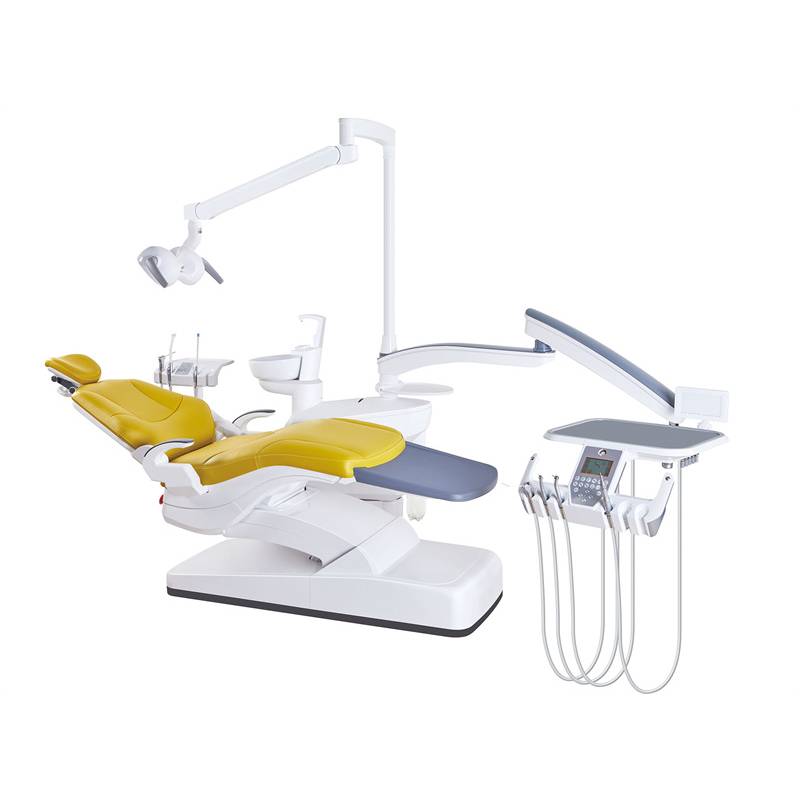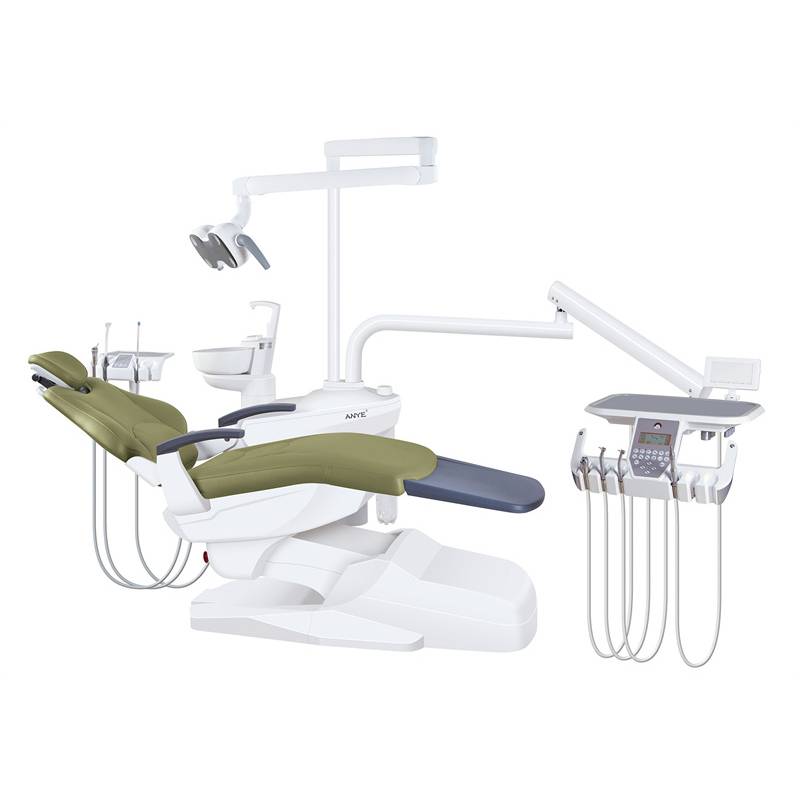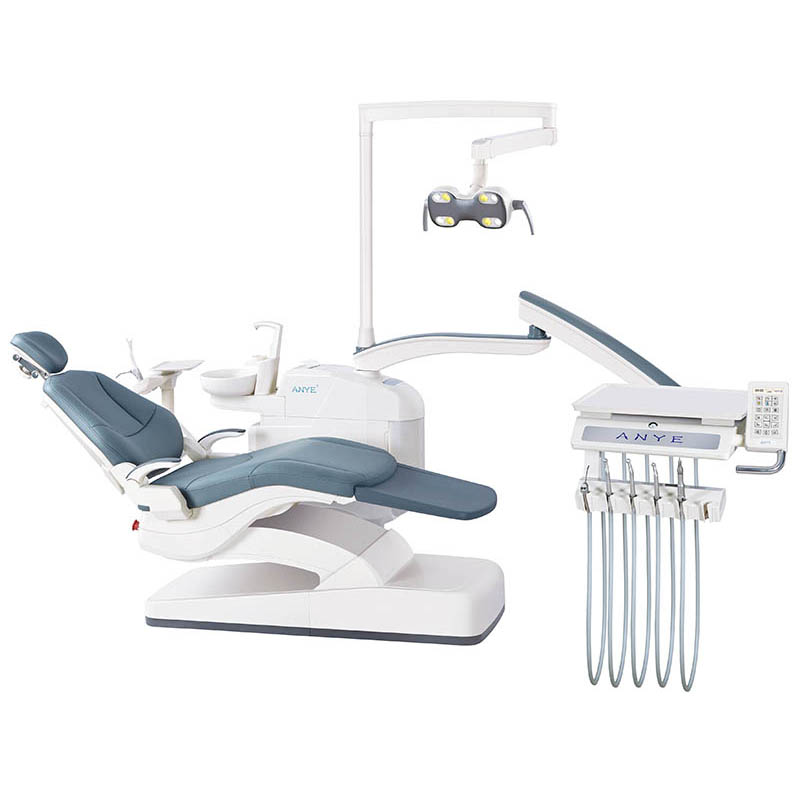How To Disinfect A Dental Chair?
Keeping the dental chair clean and disinfected is critical for patient safety and extending the equipment's life. This comprehensive guide provides detailed instructions on how to properly disinfect a dental chair, covering various aspects from daily cleaning routines to weekly maintenance and the use of appropriate disinfectants.
Importance of Dental Chair Disinfection
Dental chairs are frequently exposed to saliva, blood, and other bodily fluids during dental procedures, making them potential sources of cross-contamination. Proper disinfection protocols help prevent the spread of infectious diseases such as HIV, Hepatitis, and COVID-19, ensuring a safe environment for both patients and dental staff.
Daily Cleaning and Disinfection Protocols
Cleaning the Upholstery
Remove Visible Debris:Start by removing any visible debris or contamination with a disposable towel.
Mild Detergent Solution: Use a soft cloth moistened with a solution of mild detergent and warm water to clean the upholstery. Avoid using abrasive scrubbers or powdered cleansers, which can damage the surface.
Dry Thoroughly: After cleaning, dry the upholstery completely with a clean, dry cloth to prevent residue buildup.
Disinfecting the Chair
Choose the Right Disinfectant: Select an EPA-registered, hospital-grade disinfectant effective against a broad spectrum of microorganisms. Avoid using products containing bleach, phenols, or isopropyl alcohol, as these can damage the chair's surface.
Application: Apply the disinfectant using a soft, damp cloth. Ensure the entire surface is covered and allow it to sit for the recommended contact time specified by the manufacturer.
Rinse and Dry: After disinfection, wipe the surface with a clean, water-dampened cloth to remove any residual disinfectant. Allow the chair to air dry completely before the next use.
Barrier Protection
Use Disposable Barriers:Apply impervious, disposable barriers on high-touch areas of the dental chair, such as armrests and headrests. Change the boundaries between each patient to reduce contamination.
Inspect and Replace: Regularly inspect the barriers for any signs of damage or contamination and replace them immediately if compromised.
Weekly Maintenance and Disinfection
Waterline Disinfection
Flush Waterlines:At the start of each day, flush each connecting water pipe (high and low-speed dental handpieces, three-way syringes, ultrasonic cleaners) for at least 2 minutes.
Disinfectant Solution: Prepare a disinfectant solution (e.g., 500 mg/L chlorine-containing solution) and inject it into the water bottle. Shake the bottle vigorously, then flush the waterlines for at least 30 seconds.
Wait Time: Allow the disinfectant to sit in the waterlines for 10-30 minutes to ensure thorough disinfection.
Rinse: After the wait time, flush the waterlines with distilled water until all disinfectant is removed.
Suction System Disinfection
Daily Cleaning:After each patient, draw clear water through each valve (HVE and saliva ejector) while opening and closing it several times to clear the hoses.
Weekly Disinfection: Use a disinfectant solution specifically designed for suction systems. Follow the manufacturer's instructions for proper dilution and contact time.
Monthly and Quarterly Maintenance
Inspect and Service
Check for Damage:Regularly inspect the dental chair for any signs of wear and tear, such as cracks, loose screws, or broken parts. To ensure safety and functionality, any faults should be addressed as soon as possible.
Professional Servicing: Schedule regular maintenance with a professional service provider to ensure all components are in optimal condition.
Sterilizable Components
Remove and Sterilize:Detach sterilizable components such as suction tubes, saliva ejectors, and air-water syringes. Sterilize these items according to the manufacturer's guidelines using an autoclave or other appropriate sterilization methods.
Conclusion
Proper disinfection of dental chairs is crucial for maintaining a safe and hygienic dental practice. By following the outlined protocols for daily, weekly, and monthly maintenance, dental professionals can effectively minimize the risk of cross-contamination and ensure the longevity of their equipment. If you are looking for a new dental chair, ANYE is ideal for you. Please feel free to visit our site for more product details now!




Leave a comment